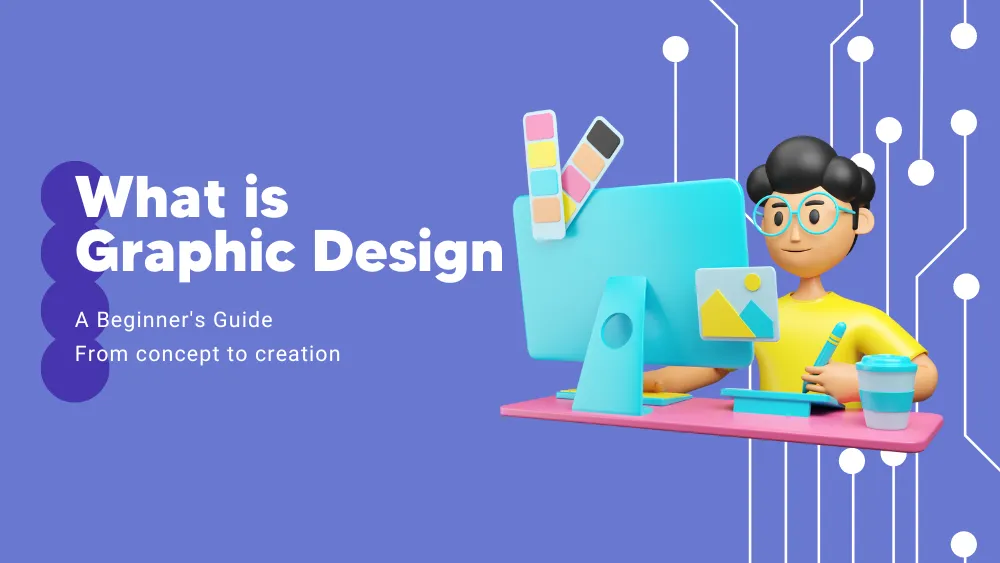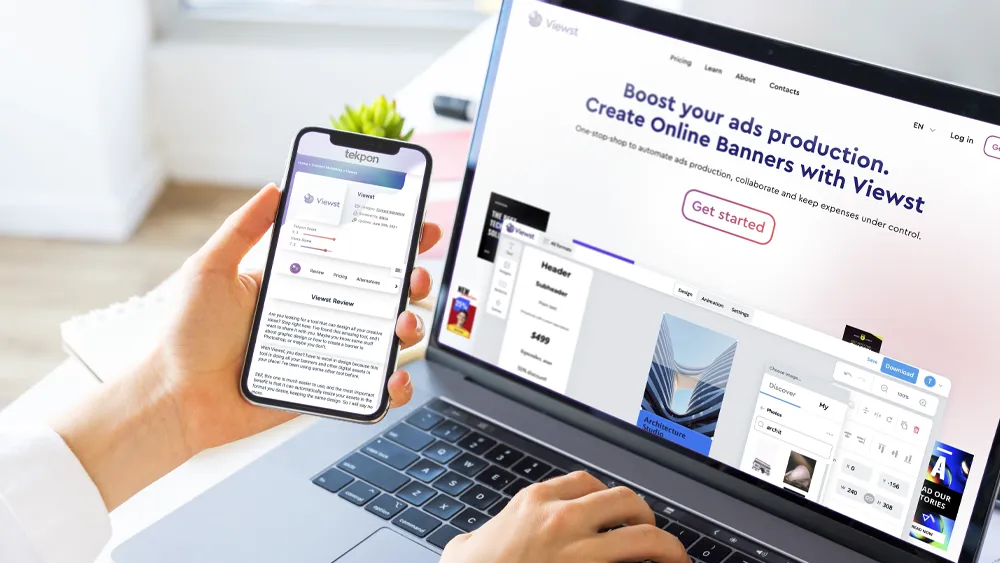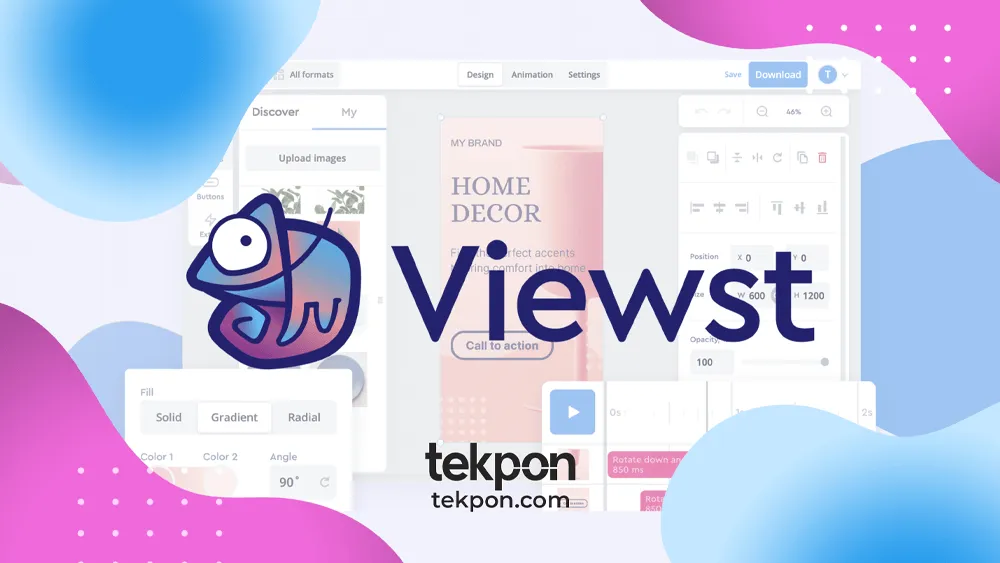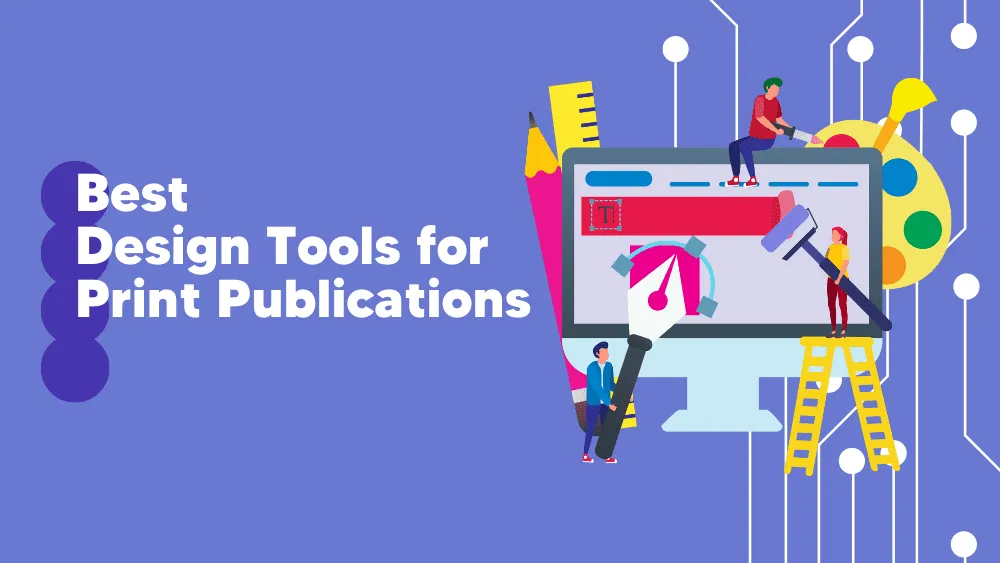Graphic design is an art form everywhere we look, from the logos on items to the billboards we pass on the street. It’s an effective tool that people and companies use to communicate their message, build their brand identity, and stir up feelings.
We’ll explore the world of graphic design from conception to creation while learning the principles of design and the entire procedure involved. Ready? Let’s go!
What is Graphic Design?
Graphic design, in general, is the art of producing visual content to convey information and messages to a particular audience. It may sound easy, but it’s not. Additionally, it is becoming more significant today in a culture where appearance is everything.
Providing a visual representation of an idea or concept requires the use of font, color, images, and layout. Companies and people need to understand the fundamentals of graphic design to effectively communicate their message and build a powerful brand identity that connects with their target audience.
What is a Graphic Designer?
A graphic designer is a person who specializes in producing visual information that delivers a message. Additionally, it ranks among the computer industry’s most creative jobs. They collaborate with clients to comprehend their demands and provide practical and aesthetically pleasing ideas.
To make their ideas come to life, graphic designers use various materials, including pencils, paper, and graphic design apps.
Understanding the Fundamentals of Graphic Design
To create compelling designs, it’s essential to understand the basic principles of graphic design. These include color, typography, composition, and hierarchy.
- Color can evoke emotions and set the tone of a design, while typography helps to convey the message and create a hierarchy of information.
- Composition involves arranging visual elements to create balance and harmony, while hierarchy establishes the order of importance of information.
Here are some of the most common types of graphic design:
Branding Design
Creating a brand’s visual identity is essential to branding design, a branch of graphic design. The brand of a business, good, or service is more than just its name or logo; it also relates to how customers perceive and interact with it by conveying the brand’s beliefs, personality, and vision.
Creating a logo, color scheme, typeface, and visual style guide that can be applied to websites, social media, print materials, packaging, and advertising is a common step in the branding design process.
A brand’s logo, which serves as a symbol for the company or product, is what consumers would most likely associate it with.
The color scheme and typography are used consistently across all materials to create a cohesive look and feel.

A successful branding design strategy considers the target audience, preferences, and competitive landscape. By understanding the needs and desires of the target audience, designers can create a brand that resonates with them and builds trust and loyalty.
Additionally, understanding the competition can help to differentiate the brand and create a unique identity.
In addition to the visual elements, branding design also involves the creation of a brand voice and messaging. This includes developing a brand story and message that communicates the brand’s values, benefits, and unique selling proposition.
Web Design
Web design involves designing the look and feel of websites. Properly designing a website is essential because it often acts as the user’s initial impression of a business. Therefore, to produce a seamless user experience, digital design ideas are applied to web design.
The layout must be appealing to the eye, simple to use, and suitable for PCs, tablets, and mobile phones. With the continued rise in mobile device usage, responsive design is becoming more and more crucial.
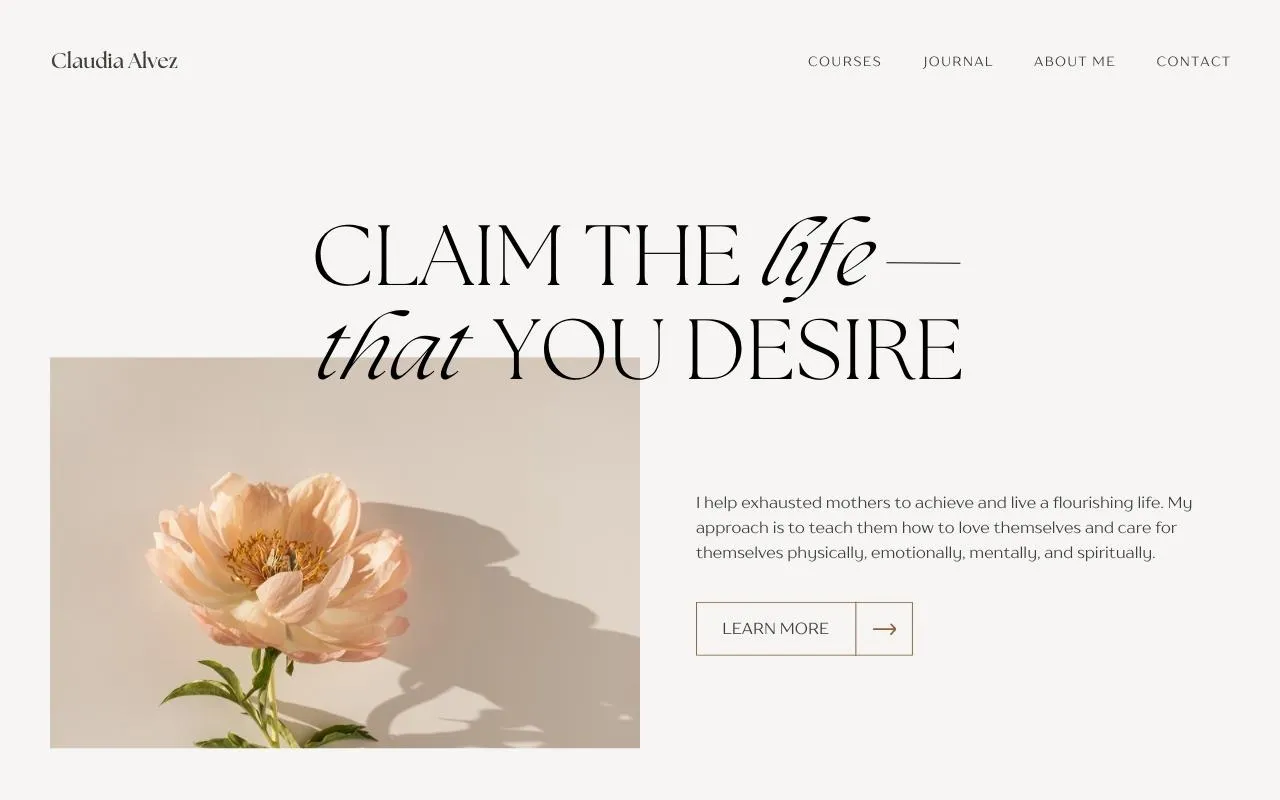
The research phase of the web design process is where designers learn about the brand, target market, and rivals. With the help of this data, a design strategy is developed that complements the aims and ambitions of the brand.
The layout and structure of the website are then planned using wireframes, and then the visual design, which includes color, font, and images, is generated. At this stage, user testing is frequently done to ensure the design is intuitive and user-friendly.
Print Design
Print design involves creating visual content for physical materials, such as business cards, flyers, brochures, and posters. These design basics are often created using graphic design software and printed onto a tangible medium.
Numerous graphic design examples showcase the power of print design. For instance, a well-designed business card can make a lasting impression on potential clients or customers, while a visually appealing brochure can inform and engage a target audience.

Online design has become increasingly crucial for print design as well. While traditional print design focuses on tangible materials, it’s essential for designers to also create digital versions of their designs for online distribution.
To produce effective print designs, keep the target audience’s needs and preferences in mind. This covers the audience’s age range, interests, and the message the design sends.
Designers should also consider the invention’s visual hierarchy, utilizing contrast and other design elements to move the viewer’s eye through the content.
Packaging Design
Packaging design is a type of graphic design that focuses on the visual aspects of a product’s packaging. It involves developing a box, bag, container, or other packaging to hold the goods.
This type of design is critical because it attracts customers and influences their purchasing decisions. In a crowded market, a well-designed box can help a product stand out on the shelves and get noticed.
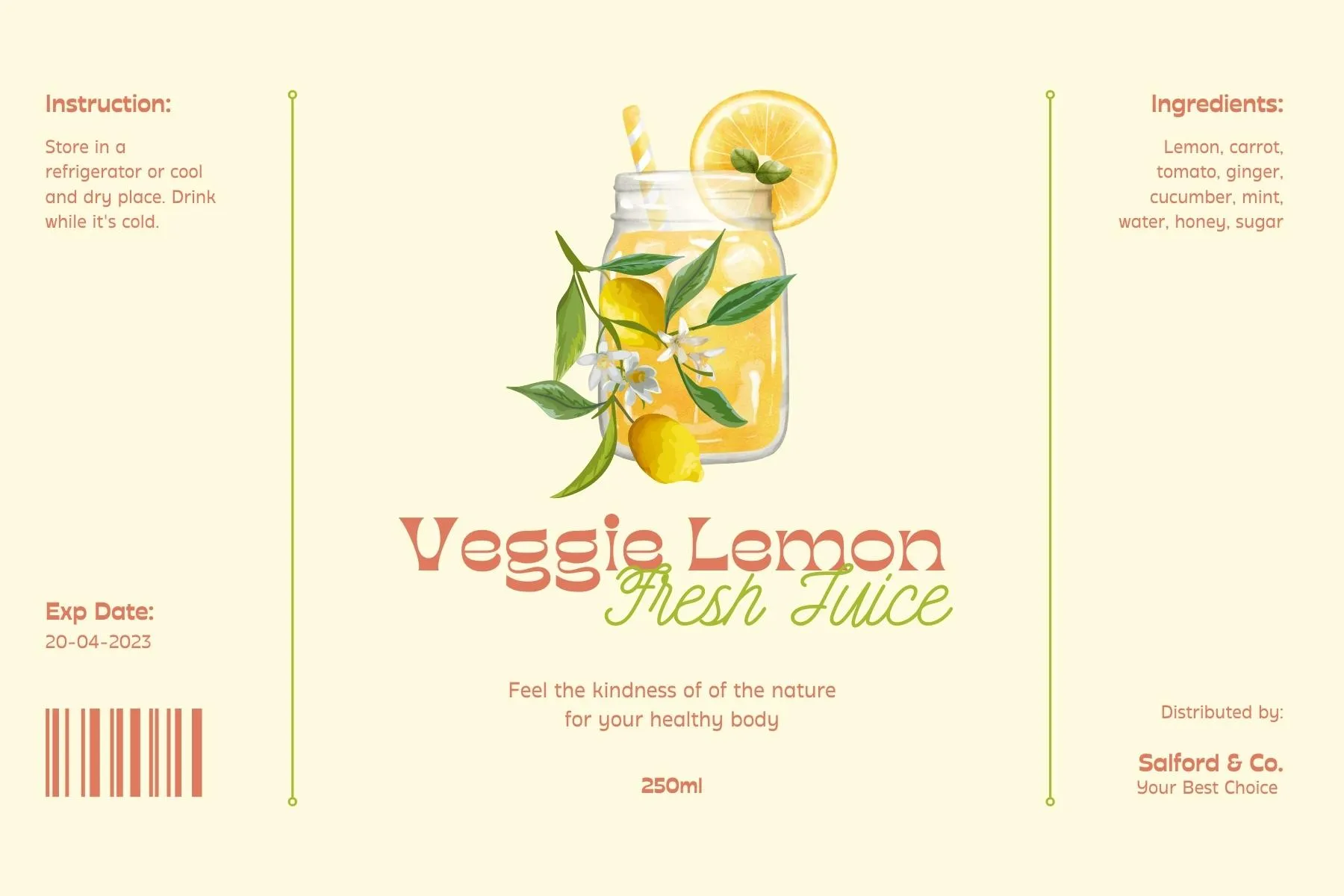
The graphic designer must consider various variables when designing packaging, including the product’s target demographic, function, and unique selling characteristics.
Cereal boxes, bottles, cans, and bags are common package design examples. But these designs frequently include strong visuals, brilliant colors, and eye-catching text to draw the consumer’s attention. As more businesses want to sell their products online and need appealing images for their internet storefronts, online design has grown famous for packaging design in recent years.
UX/UI
Last but not least, UX/UI design is a kaleidoscope of colors and ideas that demands various skills and knowledge. It’s an exciting and ever-changing field that necessitates a constant supply of innovation and technical skills.
The process can be as baffling as a Rubik’s Cube at times, requiring solving complicated problems to develop visually appealing and user-friendly designs.
To create a cohesive and attractive design, a UX/UI designer must have a creative spark that sparks ideas and a rainbow of colors and shapes. However, creativity alone is never sufficient.
It must be balanced with an awareness of the user’s wants and habits, a delicate dance of empathy and data analysis that enables the designer to develop designs that are not just beautiful but also functional and effective.
A designer must have a sense of adventure and be prepared to experiment with cutting-edge technologies and approaches to sail the turbulent waters of UX/UI design.
The Design Process
So, what to do actually to start designing?
A design process is a step-by-step approach to creating effective graphic design. From the initial research phase to the final launch, the design process is an emotional journey that requires careful planning and attention to detail.
The research phase is the first step, and designers must understand the problem they are solving or the product they are creating. Extensive market research, target audience analysis, and obstacle identification are all integral components of this phase.
Brainstorming is the next step in the design process. During this stage, designers immerse themselves in creative exploration and ideation.
Mind maps, sketches, and other visualization tools generate vast ideas without limitations or constraints. The goal is to unleash the creative flow and extract as many innovative concepts as possible.

Sketching is an iterative and captivating process that allows designers to explore their ideas with depth and detail. Sketches serve as a visual blueprint that captures the essence of an idea and serves as a foundation for further refinement.
As designers refine their ideas, multiple versions of sketches are created to experiment with different possibilities and approaches.
Mockups or prototypes are also essential to the design process since they allow designers to test and enhance their ideas. Mockups, which can be real or digital, are used to uncover any design defects or weaknesses that must be addressed before proceeding to the final design.
The final phase is production, which involves the actual development of the product. The manufacturing process varies depending on the product, but it often entails creating molds or templates, selecting materials, and assembling the product. Quality control and attention to detail ensure the best quality result.
Tools and Software for Graphic Design
As we can see from all of these sources, graphic design is a multidimensional and sophisticated discipline that necessitates many tools and software to create gorgeous and impactful designs.
Adobe Creative Suite, commonly regarded as industry-standard software, includes some must-have products, including Photoshop, Illustrator, and InDesign, that provide designers with a wide range of features and capabilities that enable them to create unique designs with ease.
Furthermore, Figma, a web-based collaborative design tool, has recently gained considerable popularity. Figma offers various advanced features for creating high-fidelity designs, including a vector editor, prototyping tools, and collaboration features.

For those without a design background, web-based graphic design tools like Canva offer an accessible and highly user-friendly platform for quickly creating professional-looking designs.
Canva provides a wealth of templates and design elements, enabling small business owners and non-designers to create visually stunning graphics without needing advanced design software or highly specific skills. Not bad at all!
However, choosing the most appropriate tool for a specific project can be an incredibly daunting task, requiring a profound understanding of the design process and each software’s features and capabilities.
The success of a design lies not only in the tools but also in the talent and dedication of the designer. Passion, here, really rules the game!
Tips for Effective Graphic Design
Creating visually impactful and engaging graphic designs requires a combination of technical mastery, boundless creativity, and an intuitive grasp of fundamental design principles.
- Simplicity reigns supreme in the world of graphic design. Clean, uncluttered designs that distill complex messages into easily digestible nuggets of information are the ones that leave a lasting impact.
- Contrast is king when creating visual interest and highlighting important information. Use contrasting colors, font sizes, or shapes to make crucial elements stand out and grab your viewer’s attention.
A practical design should be tailored to the target audience’s preferences, needs, and expectations. Keep in mind that the tone and style of a design intended for children will differ from one intended for professionals.
- Typography plays a pivotal role in the design, so carefully choose your fonts and typefaces to complement your message and target audience.
A color is a mighty tool in the graphic design toolbox. Use it effectively to evoke emotions, convey ideas, and create a visual interest that captures the viewer’s attention. White space can make sense of balance and clarity, while improper spacing can create a cluttered and confusing design.
- Additionally, designers should consider the overall layout of the design, ensuring that essential elements are placed in prominent positions and that the design flows logically from one element to the next.
Also, the context in which their design will be used, in addition to their targeted audience, is important.
Moreover, they should be aware of the current industry trends and best practices, as these can guide and inspire their designs.
Finally, effective graphic design requires a deep understanding of the tools and software used in the industry. By mastering these tools, designers can create designs that are not only visually stunning but also technically sound and optimized for the platform on which they will be displayed.
Conclusion
Are you now ready to communicate your ideas visually? As we’ve seen, graphic design is the best tool for people and companies.
The options cover everything from the website and UX/UI design to packaging and branding. The secret to producing visually appealing designs is a solid understanding of color, typography, composition, and hierarchy.
But that’s not all! To make a design impactful, keep it simple, use contrast, and consider the target audience.
Are you excited to explore graphic design further? Make the most of the wealth of resources available, from online courses and tutorials to design communities and forums.
So why wait? With the right mindset and tools, anyone can unleash creativity and become a skilled graphic designer. Let your imagination run wild, and start designing now!

